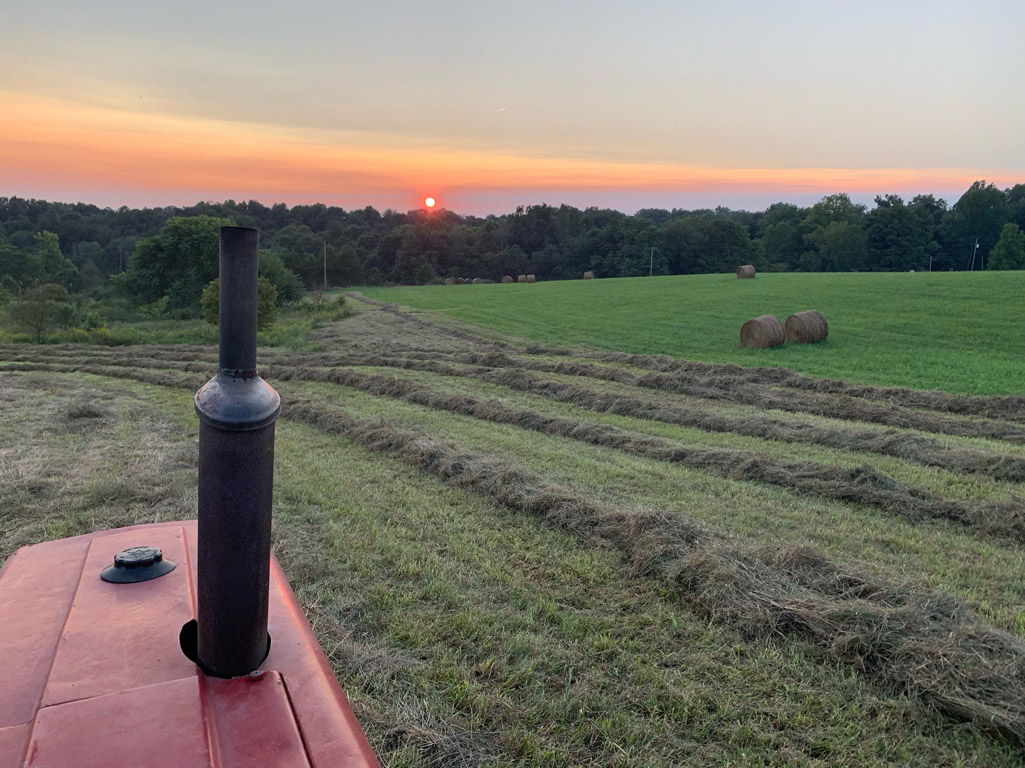With fall and winter fast approaching and because many parts of the country are suffering from drought conditions, it is crucial that alpaca breeders secure an adequate supply of hay for their precious animals. Prices for good hay have already skyrocketed and it is already becoming difficult to find hay in certain areas.
Good quality hay is an excellent source of energy, protein, fiber, minerals, and vitamins. Ideally, the hay will have been chemically analyzed by a competent laboratory to determine its nutritional value. However, if this cannot be accomplished, there are certain visual guidelines to use in selecting quality hay.
Before purchasing from any source, several bales should be inspected by cutting open the bales and checking for any indications of excessive moisture, mold, weeds, foreign matter and dirt. if the center of the bale is matted together, if it is hard to separate, or if it has a musty smell and gray tint, it is likely the hay was baled before it was adequately cured in the field. Moldy hay will likely have little nutritive value and can create health problems. Excessively heavy bales are also an indication that the hay was baled under high moisture conditions and that mold or spoilage is present. A bale should not be clumped together and difficult to separate into flakes.

The maturity of the plant at harvest is one of the most important factors that influences nutrient content and quality. As plants approach maturity, fiber content increases and nutrient value decreases. The presence of thick stems and seed heads are an indication that the plants were too mature at harvest.
Leafiness is an excellent indicator of quality, especially in legumes such as alfalfa. Good hay usually contains a high percentage of leaves to stems. Good grass hay will have been harvested just as the seed head appears – not after the seed has formed.
Buyers should find a reputable source if at all possible. When evaluating hay for purchase, the following points should be kept in mind:
1. Examine the inside of several bales.
2. Choose green, leafy, fine-stemmed hay that is easy to bend, is not brittle, and has no unpleasant odor.
3. Avoid moldy, musty, dusty, over-cured or spoiled hay.
4. Check the leaves for stage of maturity and select hay that has been harvested and stored properly.
